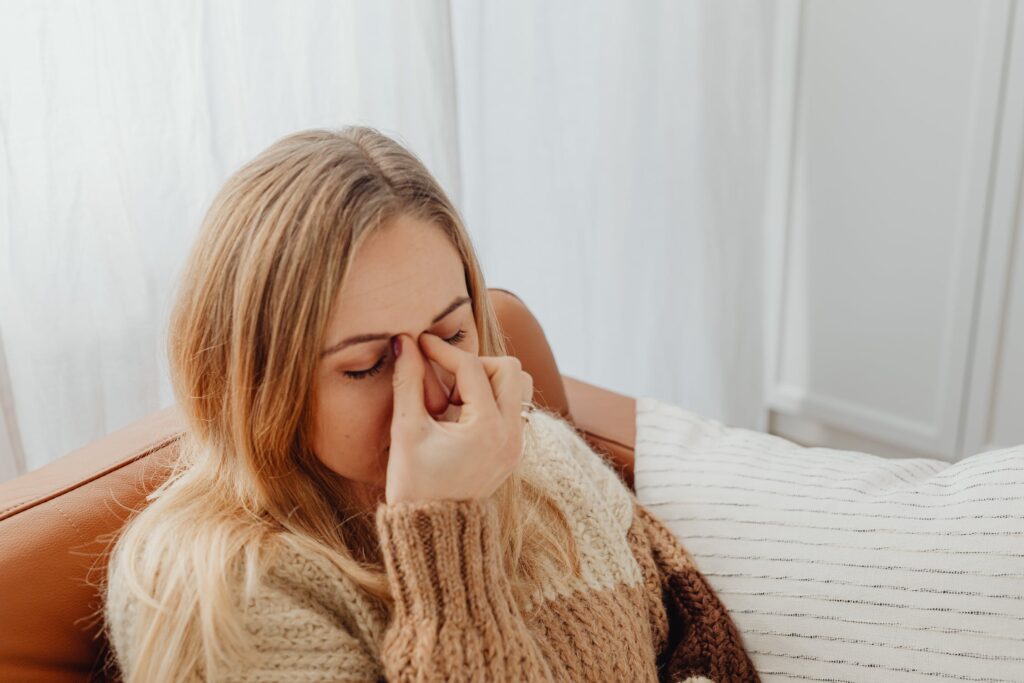Comprehensive Guide to Sinus Infection Treatment: Relief, Recovery, and Prevention
Sinus infections, or sinusitis, are a common yet often uncomfortable condition affecting many people each year. Characterized by inflammation and swelling of the sinuses, these infections can lead to persistent discomfort and a range of symptoms that disrupt daily life. This comprehensive guide delves into the various aspects of sinus infection treatment, from identifying symptoms and exploring over-the-counter remedies to understanding when medical intervention is necessary. We will also discuss effective home remedies, lifestyle changes for relief, and strategies for prevention, providing you with a holistic approach to managing and overcoming sinus infections.
Understanding Sinus Infections
A sinus infection occurs when the cavities around nasal passages (sinuses) become inflamed and swollen. This inflammation can be triggered by a cold, allergic reaction, or pollutants, leading to blocked sinuses and the growth of germs.
Symptoms of Sinus Infections
Common symptoms include:
- Nasal congestion and discharge
- Pain and pressure around the face and eyes
- Headache, particularly around the forehead
- Fever and fatigue
- Cough and sore throat
- Reduced sense of smell and taste
Over-the-Counter Treatment Options
Over-the-counter (OTC) treatments can often effectively manage mild sinus infections. These include:
- Decongestants: Reduce nasal congestion and relieve pressure.
- Saline Nasal Sprays: Help to clear nasal passages and reduce inflammation.
- Pain Relievers: Alleviate pain and discomfort associated with sinus pressure.
- Antihistamines: Particularly useful for sinusitis triggered by allergies.
Home Remedies and Lifestyle Adjustments
In addition to OTC medications, various home remedies can provide relief:
- Steam Inhalation: Breathing in steam helps to open up the sinuses and loosen mucus.
- Warm Compresses: Applying warmth to the sinus region can reduce pain and pressure.
- Stay Hydrated: Drinking plenty of fluids keeps mucus thin and flowing.
- Humidifiers: Adding moisture to the air can soothe irritated tissues and maintain healthy sinus passages.
When to See a Doctor
It’s important to recognize when a sinus infection requires medical attention. If you experience severe symptoms, symptoms lasting more than 10 days, or recurrent sinus infections, it’s time to visit a healthcare provider.
Prescription Treatments
For more severe or chronic sinus infections, a doctor may prescribe:
- Antibiotics: Used when the sinus infection is bacterial. It’s important to take the full course as prescribed.
- Corticosteroids: Nasal sprays or systemic steroids can reduce inflammation and treat severe sinusitis, particularly in the case of polyps or severe allergic reactions.
Prevention Strategies
Preventing sinus infections involves:
- Avoiding Allergens: Stay clear of known allergens and maintain good air quality in your living spaces.
- Good Hygiene: Regular handwashing can prevent the spread of germs that cause sinus infections.
- Nasal Irrigation: Using a saline solution to rinse the nasal passages can keep sinuses clear.
- Strengthening Immunity: A healthy diet, regular exercise, and adequate sleep contribute to a strong immune system.
Conclusion
Managing sinus infections effectively requires a combination of recognizing symptoms early, employing practical home remedies, and seeking medical intervention when necessary. By understanding the various treatment options and adopting preventive measures, you can not only find relief from current infections but also reduce the likelihood of future occurrences. Remember, maintaining overall sinus health is key to your well-being and quality of life.







